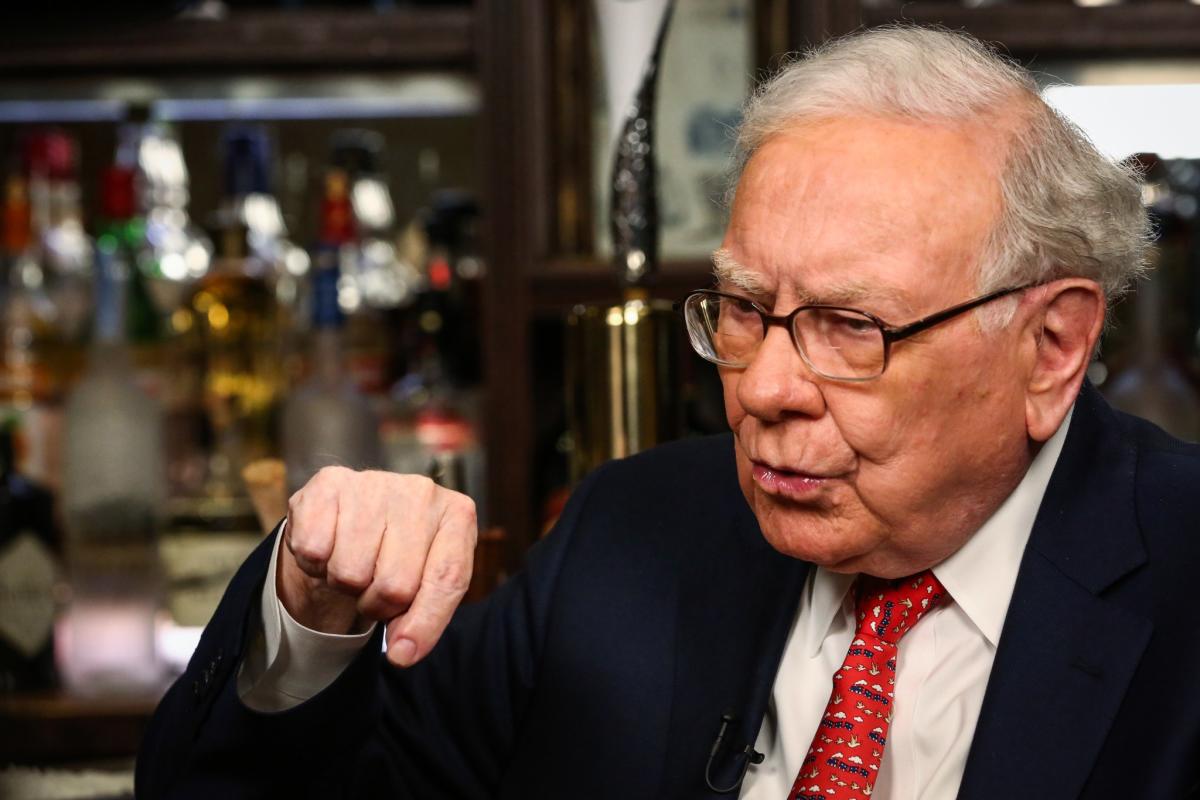Warren Buffett’s sale of 510 million Apple shares will go down as one of the best bets of his career


Starting in Q1 of 2024, Warren Buffett epically downsized his immense holdings of Apple stock in one of the best-publicized selloffs by any famous investor in recent memory. In the past two quarters, the Oracle of Omaha’s Berkshire Hathaway has sold roughly 510 million of the iPhone-maker’s shares, lightening its holdings by around 56%. The size and suddenness of the exit stirred speculation that Buffett’s optimism for Apple’s stock had faded following the fantastic run over the past seven years—a surge that Buffett timed and rode to near-perfection.
It’s important to note that Apple remains Berkshire’s biggest equity holding, comprising 41% of the conglomerate’s portfolio. At the annual meeting in May, Buffett’s admiration for Apple appeared undimmed. He declared that two of his long-time prized investments, Coca-Cola and American Express, were “wonderful” businesses, but that lauded Apple as “an even better one.”
Buffett isn’t saying why he shed such a large portion of his Apple stake, and we simply don’t we don’t know whether, going forward, he’ll maintain a giant position in what’s still the world’s most valuable enterprise. What’s clear is that overall, he’s taking a far more defensive position in a pricey market. Berkshire sold $90 billion in stocks in the first half of 2024, the Apple dump accounting for the vast bulk of the proceeds.
That downshift raised Berkshire’s cash holdings from the previous record of $189 billion at the close of Q1, to $278 billion. As disclosed in its 10Q, Berkshire further swelled its war chest in July by selling around $4 billion in shares of Bank of America, in recent years its second largest holding, and a stock that like Apple, Buffett bought on the cheap that’s proven a fabulously profitable bet. Buffett’s now amassed new loads of extra cash for channeling into beaten-down choices that look as enticing as Apple or Bank of America did years ago.
It’s hard to find a better case of “selling high” than Buffett’s Apple gambit. Examining the trajectory of colossus of Cupertino’s profit and valuation numbers, it’s clear that the shares have run from a screaming bargain (PE of 16) when Buffett bought them to dangerously expensive (PE of 32) by the time he began taking profits in a big way. Apple’s stock price has reached such a dizzying summit that the current shareholders, or folks and funds who buy now, stand little chance of reaping double-digit returns in the years ahead. And the currently super-elevated valuation means that a major correction is far more likely now than, say, just before the pandemic’s outbreak, when Apple fetched one-third today’s price.
However it’s interesting that Buffett missed the “top tick” on Apple shares. They ended Q2 at $211—the close of Berkshire’s selling period—before ramping 12% to a record $235 on July 16. Since then, Apple’s been caught in the maelstrom that’s roiling the Magnificent Seven, a battering that as of August 8, sent shares back to $211 where it started the quarter. News of the Berkshire unloading three days earlier was a big contributor to Apple’s fall.
But American champion’s the victim not of poor performance, but overheated expectations and excessive enthusiasm from the markets. Buffett saw in 2016 that the outlook on Apple was far too dour, and made one of the great wagers of his career. It made eminent sense to harvest much of those fabulous gains, and soften the hit if as is likely, Apple’s fans are expecting far, far too much.
This story was originally featured on Fortune.com








